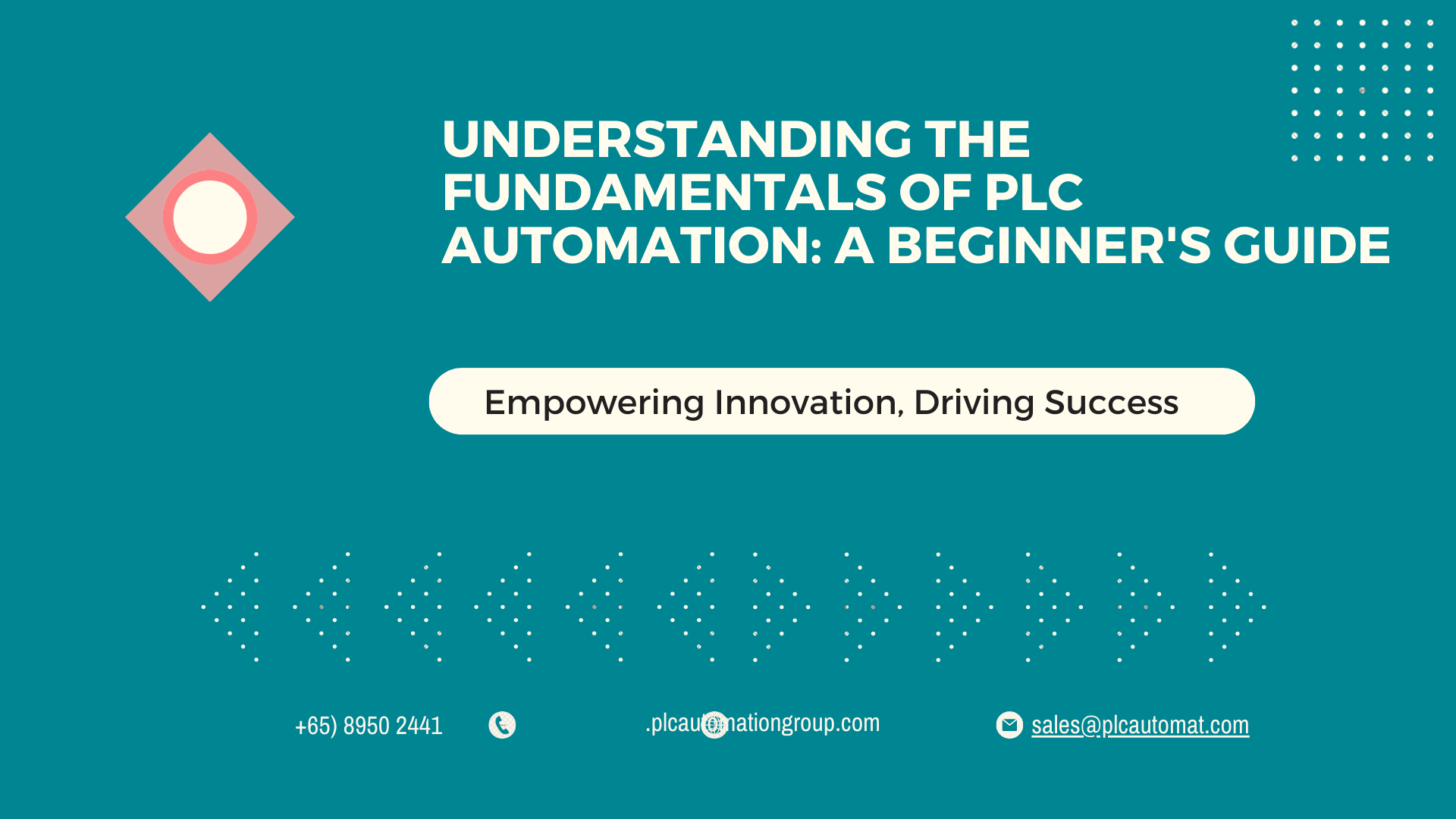
Understanding the Fundamentals of PLC Automation A Beginners Guide
- by PLC
- Jul 27, 2023
In today's rapidly advancing industrial landscape, automation plays a pivotal role in enhancing productivity, efficiency, and safety across various industries. At the heart of industrial automation lies the Programmable Logic Controller (PLC). This powerful and versatile device forms the backbone of modern industrial processes, allowing businesses to automate tasks and streamline operations. If you're new to the world of PLC automation, this beginner's guide will take you through the fundamentals, applications, and workings of PLCs, shedding light on their indispensable role in today's manufacturing and industrial sectors.
What is a PLC?
A Programmable Logic Controller, or PLC, is a specialized computer system designed to control and automate industrial processes and machinery. It acts as a digital brain that receives inputs from sensors, processes them using a program, and then generates outputs to control various components of a system. PLCs are highly reliable and can withstand harsh industrial environments, making them ideal for automation applications across industries such as manufacturing, oil and gas, automotive, pharmaceuticals, and more.
How do PLCs Work?
PLCs follow a straightforward input-process-output model. Here's a brief overview of how they function:
1. Input: PLCs receive data from sensors and other input devices, such as switches, buttons, and pressure transmitters. These inputs provide information about the state of the system, such as temperature, pressure, level, or position.
2. Process: The PLC's central processing unit (CPU) executes a user-defined program, also known as ladder logic or PLC code. This program contains logic and instructions to process the input data.
3. Output: Based on the processed data, the PLC generates output signals to control various actuators, such as motors, valves, and solenoids. These actuators then manipulate the system to achieve the desired outcome.
PLC Programming Languages
PLCs are programmed using different languages, each offering specific advantages depending on the complexity of the automation task. Some common PLC programming languages include:
Ladder Logic: Inspired by relay logic diagrams, ladder logic is graphical and easy to understand. It uses symbols to represent various input and output conditions, making it a popular choice for beginners and electricians.
1. Structured Text (ST): ST is a high-level language resembling structured programming in software development. It allows programmers to use familiar constructs such as IF-THEN-ELSE statements and loops.
2. Function Block Diagram (FBD): FBD uses graphical blocks to represent functions and their interconnections. It's useful for creating complex control algorithms using a modular approach.
3. Sequential Function Chart (SFC): SFC is used for applications with sequential control, breaking down the program into multiple steps and transitions.
Applications of PLC Automation
PLCs find application in a wide range of industries and processes, including:
1. Manufacturing: PLCs control assembly lines, conveyor systems, robotics, and quality control processes, improving production efficiency and consistency.
2. Energy Management: PLCs monitor and optimize energy consumption, reducing waste and contributing to sustainability initiatives.
3. Building Automation: In commercial and residential buildings, PLCs manage lighting, HVAC systems, and security, enhancing comfort and safety while saving energy.
4. Water Treatment: PLCs automate water treatment processes, ensuring water quality and efficient distribution.
5. Automotive: PLCs control robotic arms, welding machines, and assembly lines in the automotive industry, increasing precision and productivity.
PLC automation lies at the core of modern industrial advancements, revolutionizing the way we produce goods, manage processes, and utilize resources. By understanding the fundamentals of PLCs and their applications, you gain insight into the endless possibilities of industrial automation. As you delve deeper into this technology, you'll discover how PLC Automation Group and other industry leaders continue to innovate, driving efficiency, reliability, and safety in the dynamic world of industrial automation. Whether you're a student, professional, or an enthusiast, this beginner's guide lays the foundation for your journey into the exciting realm of PLC automation.












